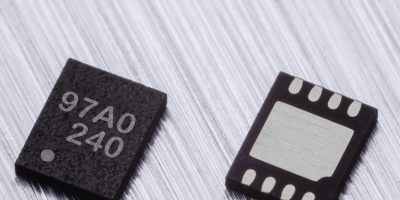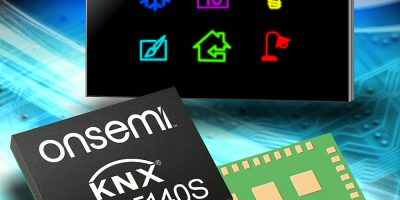Sensor fusion for motion tracking, heading and orientation detection is provided by the FSP201 low power sensor hub microcontroller released by Ceva. It is designed for use in consumer robotics and smart devices which use motion tracking and orientation such as 3D audio headsets or XR (extended reality, or augmented, virtual and mixed reality) glasses. They can also be used in six-axis motion use cases across the IoT and the metaverse.
The FSP201 is based on Ceva’s proprietary MotionEngine sensor processing software and a low-power 32bit Arm Cortex M23 microcontroller. Manufacturers can choose from a pre-qualified list of external six-axis IMU (inertial measurement units) sensors (i.e. accelerometer plus gyroscope). These are from different sensor suppliers, thereby ensuring supply chain flexibility. The sensor options can be used to provide correction smoothing actions and auto-centring for example. The former corrects orientation drift slowly and transparently allowing head and body tracking by the user for an immersive XR or 3D audio experience, the latter dynamically recentres the soundstage in 3D audio applications based on a user’s gaze to maintain immersion in dynamic conditions and eliminate drift. Other options are sensors with tilt independent heading, which allows for proper heading output even when a robot’s driving surface is uneven, enabling rapid adjustment to obstacles or changes in flooring types and ones with inclination detection to provide three degrees of freedom robot orientation to detect surface issues that could cause the robot to become stuck or damaged.
Proprietary algorithms are able to monitor changes in sensor performance and temperature during live operation for dynamic calibration. Several low-cost MEMS sensors from leading suppliers are pre-qualified and have drivers pre-integrated to accelerate development and ensure supply chain flexibility, added Ceva.
The FSP201 is designed to be versatile, using I2C and UART interfaces for chip connectivity and can be placed directly on the target product’s main circuit board or designed into a separate module. It is also code-compatible with the BNO08X series of nine-axis sensor system in package (SiP) products.
The FSP201 and evaluation tools are available for immediate sampling via designated distributors.







